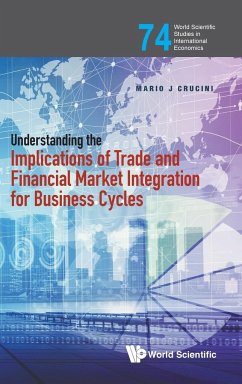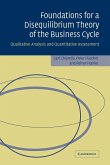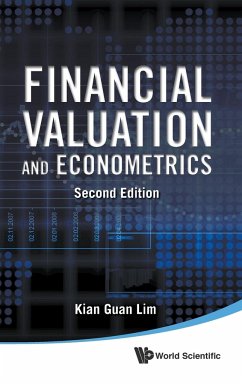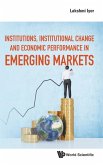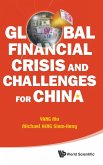This volume is a collection of the author's scholarly work spanning a quarter century of inquiry into the causes of international business cycles. It starts with an introduction to international business cycle research. Part I reviews salient business cycle facts relating to quantities, prices and the driving forces of business cycles. Part II focuses on the role of risk-sharing and asset market structure in shaping business cycles and welfare. Part III deals with relative prices and the terms of trade stressing retail distribution, information frictions, and the need to tie commodity-specific shocks to particular nations or world regions. Part IV is a collection of work focusing on the inefficiencies brought about by the Hawley-Smoot tariffs and foreign retaliation. Further, because the tariffs were often specific (nominal amounts per physical quantity imported), they interacted with monetary policy in a way that exacerbated the Great Depression. The book provides the reader with an overview of key developments in international business cycle research that build upon the pioneering work of Nobel Laureates Finn Kydland and Edward Prescott, who built the first dynamic stochastic general equilibrium model of the closed economy, patterned along the lines of the US economy. As globalization has extended the span of international economic relationships, these modeling approaches have become essential for understanding business cycles today. These models and empirical methods are particularly relevant to our understanding of how domestic innovation, productivity change or policy action (fiscal, monetary and trade-related) feeds back across economies.
Hinweis: Dieser Artikel kann nur an eine deutsche Lieferadresse ausgeliefert werden.
Hinweis: Dieser Artikel kann nur an eine deutsche Lieferadresse ausgeliefert werden.

